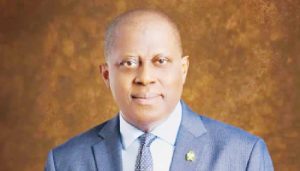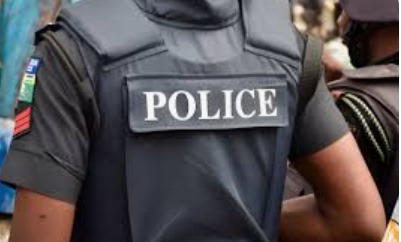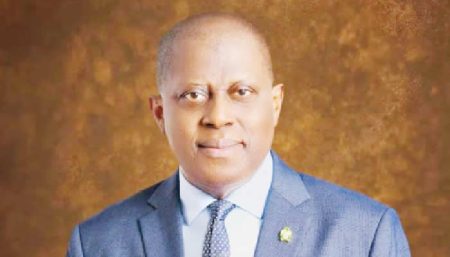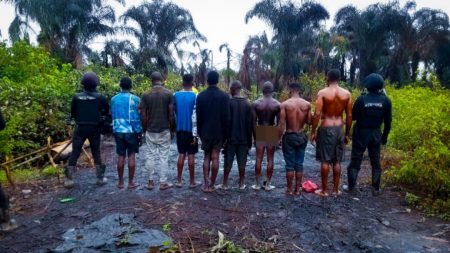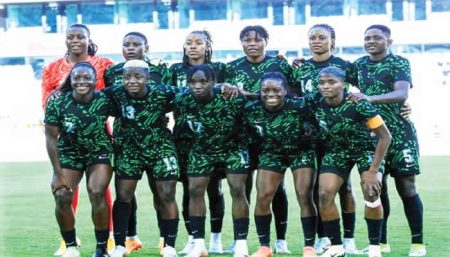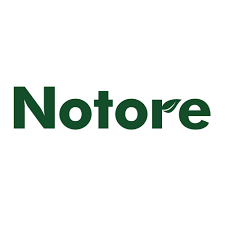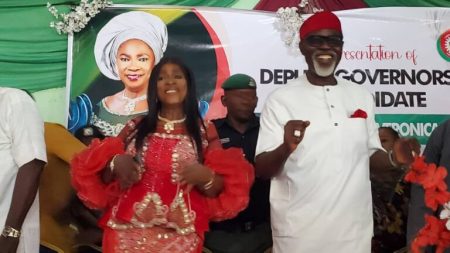Paragraph 1: Setting the Scene
On June 12th, amidst growing economic hardship in Nigeria, the streets of Osogbo, the Osun State capital, became the stage for a series of protests organized by various groups expressing their discontent. The Take It Back Movement, a prominent voice amongst the demonstrators, had previously announced a nationwide peaceful protest aimed at rallying public support and drawing attention to the prevailing economic challenges. Anticipating potential unrest, the Osun State Police Command took proactive measures by deploying personnel to monitor the protests and maintain order. The presence of law enforcement signaled a commitment to ensuring the safety and security of residents while facilitating the exercise of the protesters’ right to peaceful assembly.
Paragraph 2: Factions and Surveillance
The protests in Osogbo were marked by the presence of multiple groups, each with its own specific focus and agenda. Among them were the Take It Back Movement, led by activist Omoyele Sowore, and another identified as the Coalition. This fragmentation added a layer of complexity to the situation, requiring the police to carefully monitor each faction to prevent any potential clashes or escalation of tensions. DSP Abiodun Ojelabi, the police spokesperson in Osun, confirmed the presence of at least three distinct groups, emphasizing the police’s commitment to closely observing their activities and ensuring that the protests remained peaceful. This vigilance underscored the authorities’ commitment to safeguarding the delicate balance between freedom of expression and the maintenance of public order.
Paragraph 3: Assurances and Apprehension
Prior to the protests, Victor Lijofi, the Osun State coordinator of the Take It Back Movement, released a statement appealing to both the security agencies and the state government to allow the demonstrations to proceed without interference. This preemptive move reflected a concern that the authorities might attempt to suppress the protests, a pattern seen in previous instances of civil unrest. Lijofi’s appeal highlighted the importance of respecting the right to peaceful assembly and allowing citizens to voice their grievances without fear of reprisal. In response, the police assured residents of their commitment to protecting lives and property, emphasizing that their presence was aimed at maintaining order and facilitating the lawful exercise of protest rights.
Paragraph 4: The Wider Context of Economic Hardship
The protests in Osogbo, and those planned nationwide by the Take It Back Movement, took place against a backdrop of deepening economic hardship in Nigeria. Rising inflation, unemployment, and fuel scarcity have placed immense pressure on ordinary citizens, exacerbating existing inequalities and fueling widespread discontent. The protests represented a culmination of mounting frustrations over the government’s handling of the economic crisis and its perceived failure to address the needs of the people. The demonstrators’ calls for change reflected a broader sentiment of disillusionment and a growing demand for greater accountability and effective economic policies.
Paragraph 5: The Significance of June 12th
The choice of June 12th as the date for the nationwide protests carries symbolic weight in Nigeria. The date commemorates the annulment of the 1993 presidential election, widely considered to be the freest and fairest in the nation’s history. The annulment, which denied Moshood Kashimawo Olawale Abiola his apparent victory, sparked widespread protests and a period of political instability. By choosing June 12th, the protesters aimed to connect their present grievances with the struggle for democratic ideals and good governance. This historical resonance added another layer of significance to the demonstrations and served as a powerful reminder of the ongoing fight for justice and equality in Nigeria.
Paragraph 6: The Role of Media and Communication
The coverage of the protests by the News Agency of Nigeria (NAN) played a crucial role in disseminating information about the events unfolding in Osogbo and across the country. The agency’s reports provided updates on the situation, highlighting the presence of multiple protest groups and the police’s efforts to maintain order. The inclusion of statements from both the police spokesperson and the Take It Back Movement’s coordinator provided balanced perspectives on the unfolding events. The media’s role in documenting and disseminating information about the protests underscores the importance of a free press in holding authorities accountable and ensuring transparency during times of social and political unrest. The copyright notice included in the original article also highlights the legal protections afforded to journalistic work and the importance of respecting intellectual property rights.



